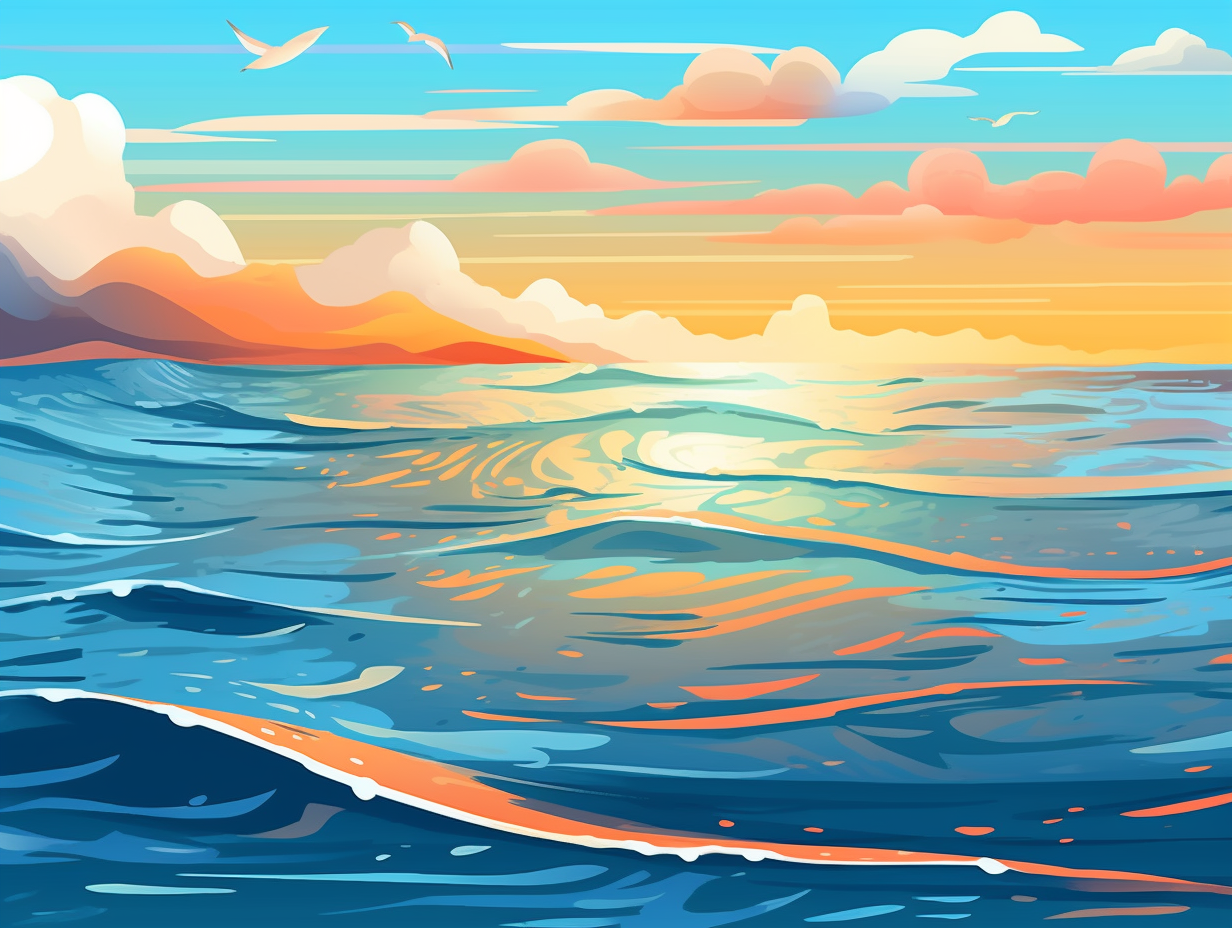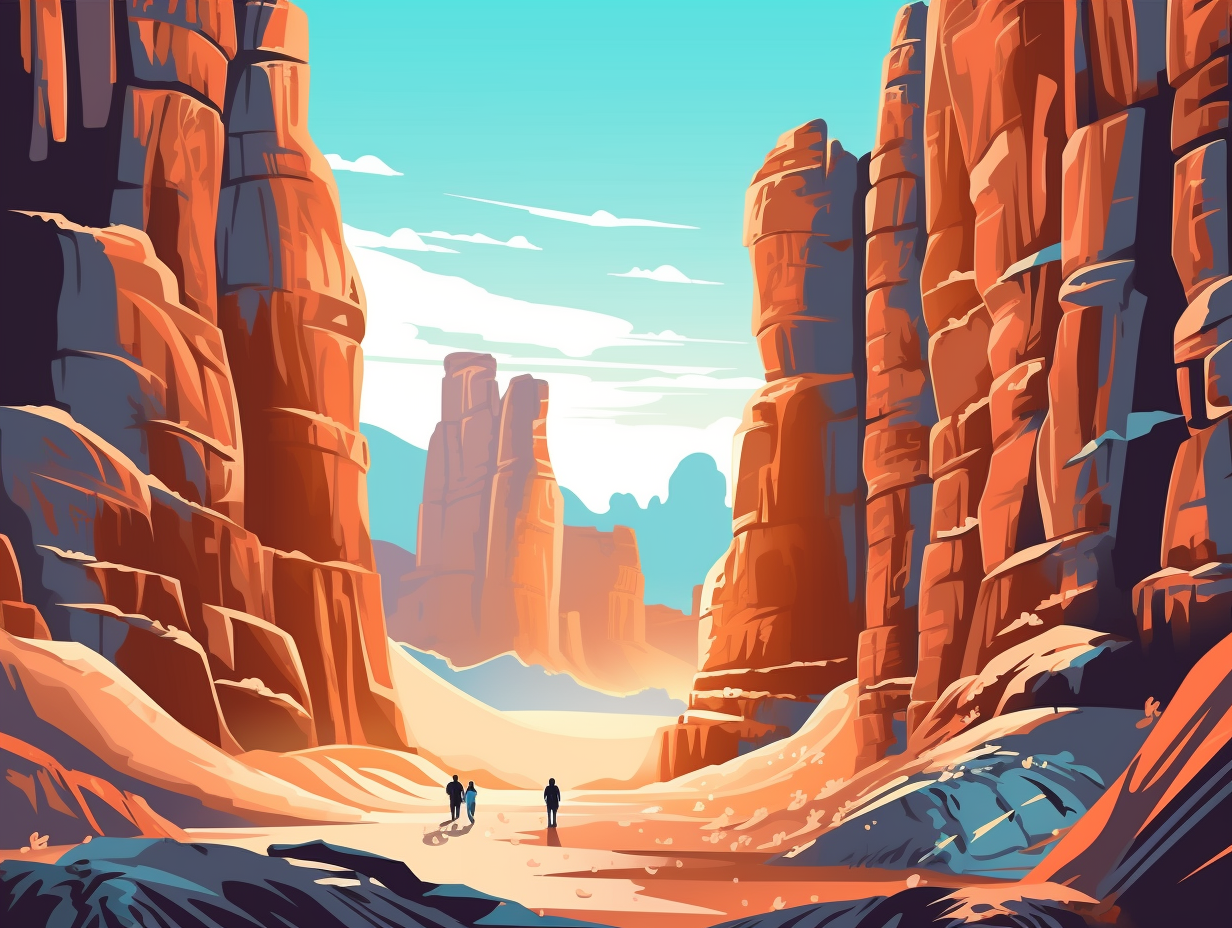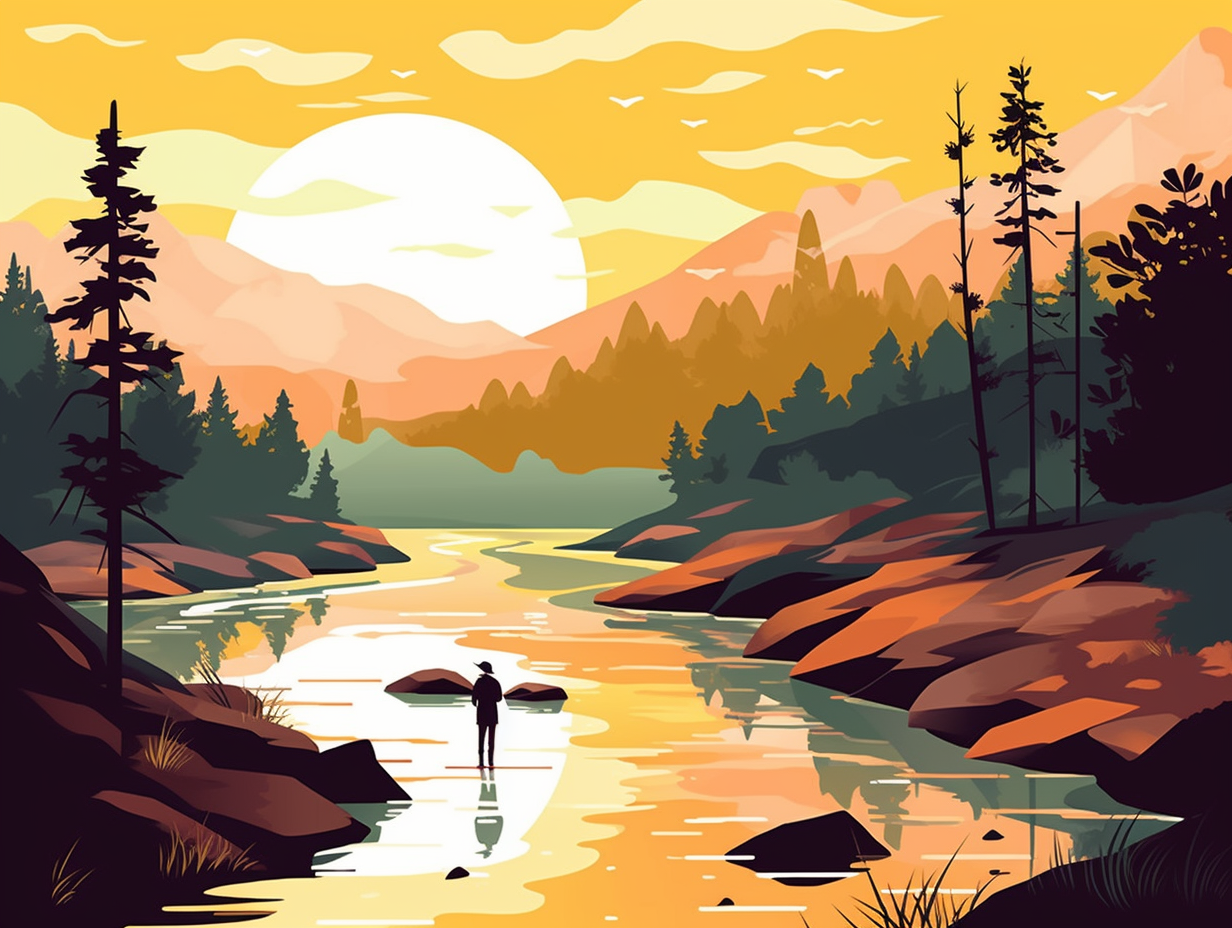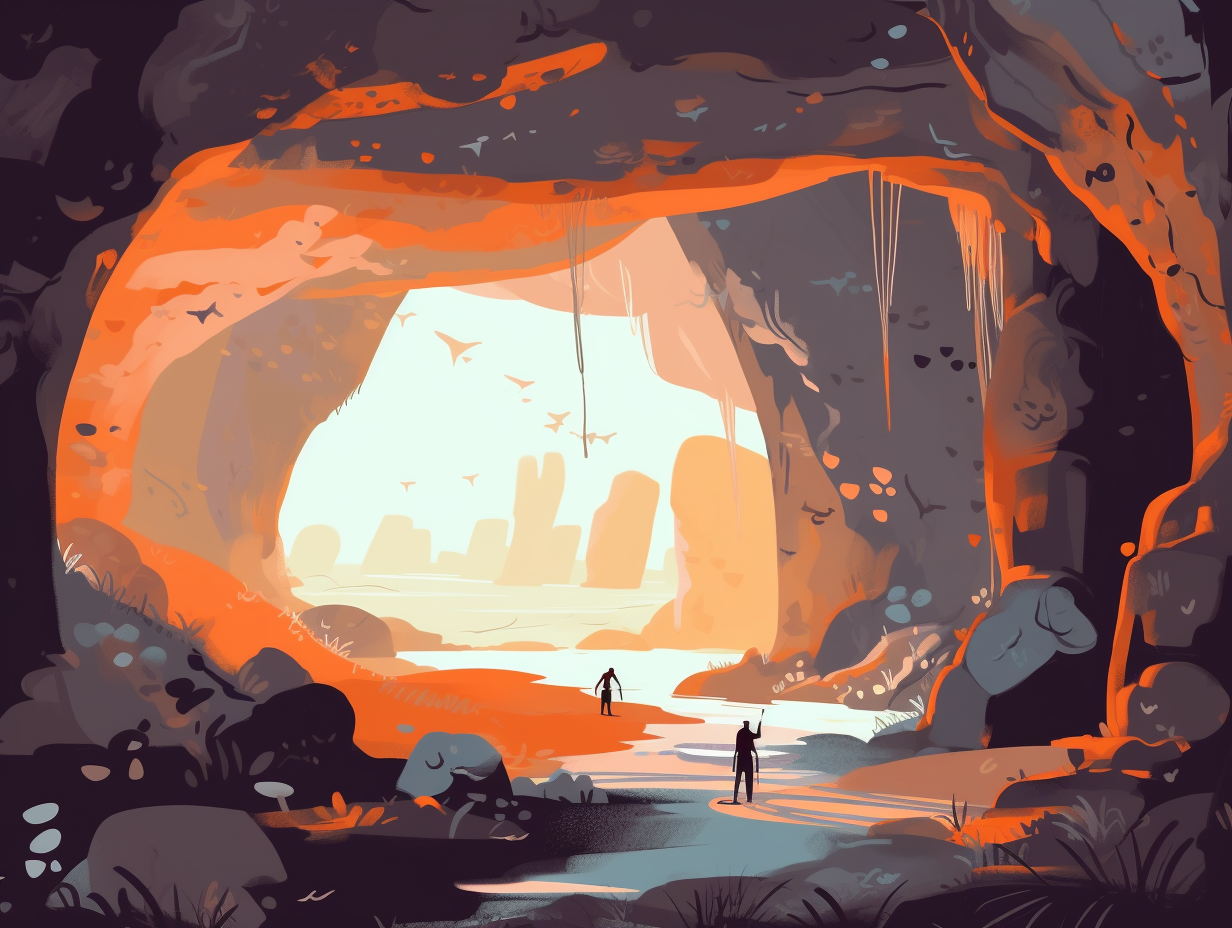Discover the Secrets: Top 10 Amazing Fun Facts About the Arabian Desert
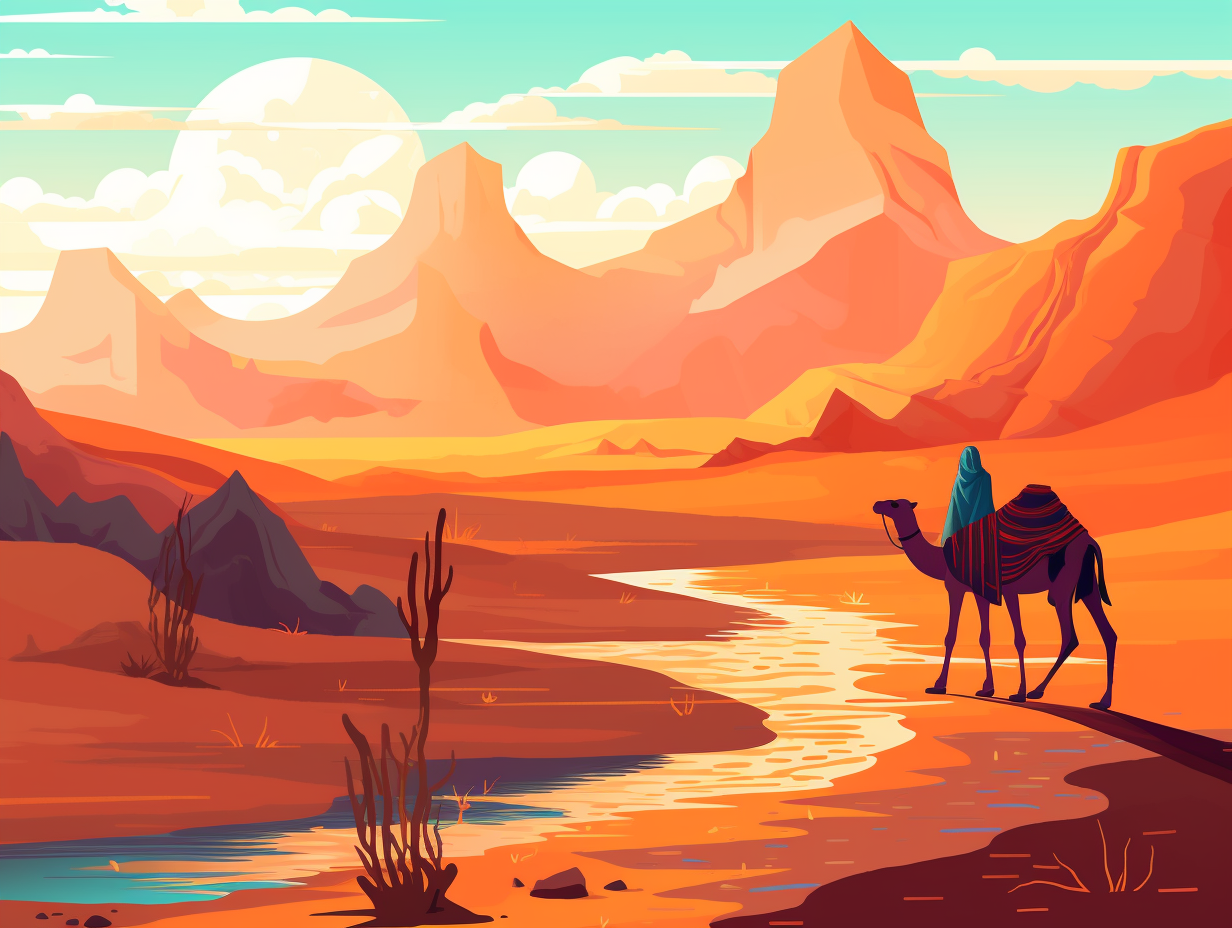
1. Camel Lip Fillers
Who said lip fillers were all about vanity? Camels had their lips plump and fabulous ages before humans did, and for a much more practical reason: With their ultra-thick lips, camels can munch on thorny plants that leave other animals in tears – talk about natural beauty with a purpose! Post-lip smacking, camels are also ace survivors in the unforgiving Arabian Desert; storing up to 80 pounds of fat in their humps, they can go weeks, even months, without food: Camels sure know how to turn their hump-day disadvantage into a feast-on-famine survival masterclass!
Source => spana.org
2. Stylish Sunblock: The Shemagh
Who needs sunscreen when you've got style? The Arabian desert's spin on the classic sunblock is the shemagh or keffiyeh scarf, protecting its wearers' delicate faces from the harsh rays of the relentless sun while turning them into trendsetters: Originally designed to keep desert travelers safe from the sun, these versatile scarves have since evolved into a fashionable accessory and status symbol, with variations in color and style to suit different tastes. They're not just for desert dwellers, either - even soldiers have ditched traditional camouflage for these funky face shields!
Source => hijaz.com
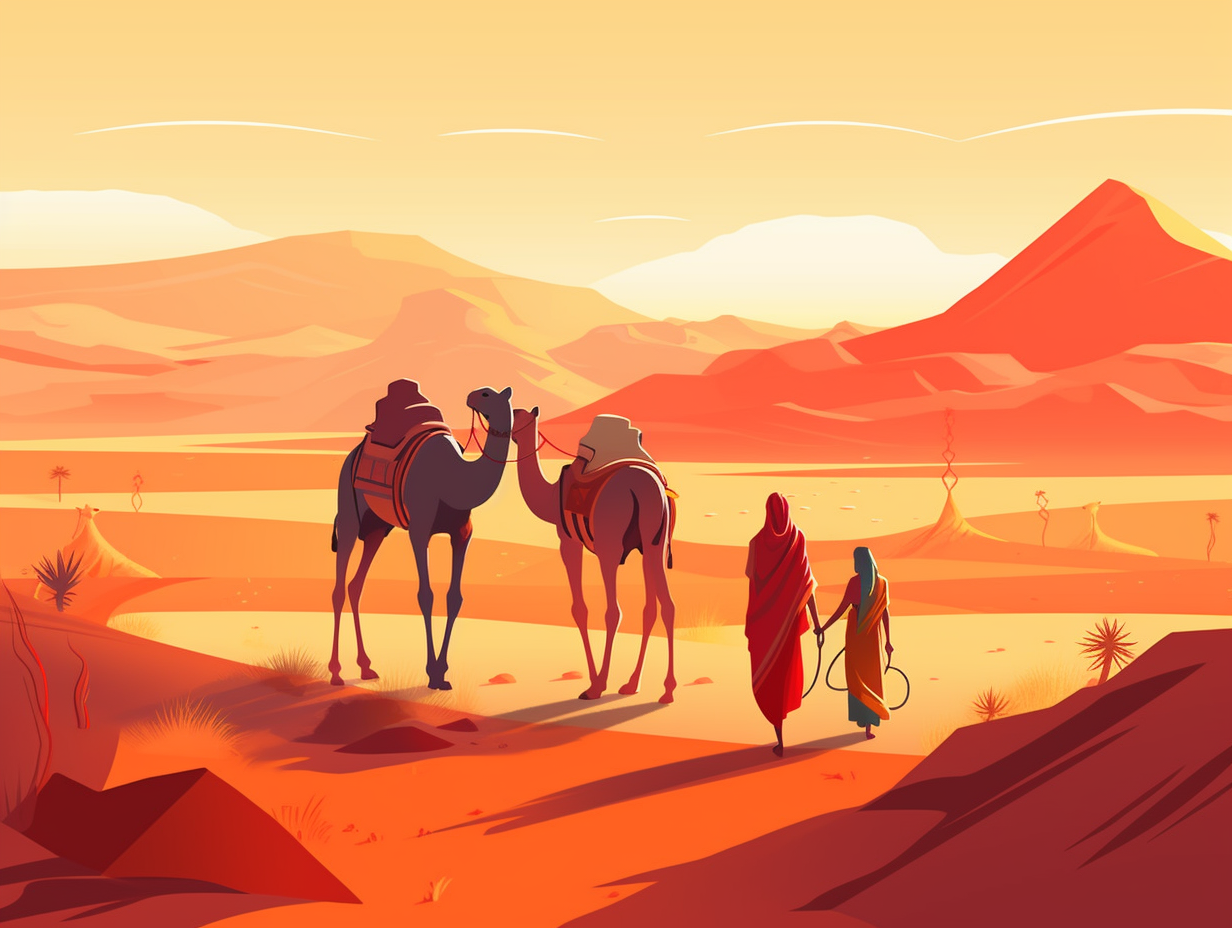
Discover the Sahara Desert's ancient secret! 🏜️ Just 7,000 years ago, this now-arid land was a thriving watering hole and home to elephants and giraffes! Can you imagine that? 🦒🐘 Dive into this astonishing transformation story!
=> Fun Facts about The-Sahara-Desert
3. Cactus-free Arabian Desert
Feeling a bit prickly about the lack of cacti in your desert experience? Well, don't go blaming the Arabian Desert: Contrary to popular belief, this sandy expanse doesn't have any naturally occurring cactus species, though some foreign ones have been invited in for their fruity offerings.
Source => sciencestruck.com
4. Arabian Desert's Party Animal: Sand Gazelle
Who said desert life is all sand and no fun? It turns out that the Arabian Desert comes with its very own elusive party animal: the Arabian sand gazelle! These hard-to-find hoofers are native to West Asia, specifically the Arabian and Syrian Deserts, and despite a dwindling wild population of fewer than 3,000, they're making a serious VIP guest list comeback in captivity, reserves, and breeding programs – potentially boasting over 100,000 fancy-footed friends. Believe it or not, these desert dancers are actually a distinct gene-pool species from the goitered gazelle, with DNA-drenched secrets suggesting they're closely related to Cuvier's gazelle and the rhim – possibly even part of the same groovy gazelle group.
Source => en.wikipedia.org
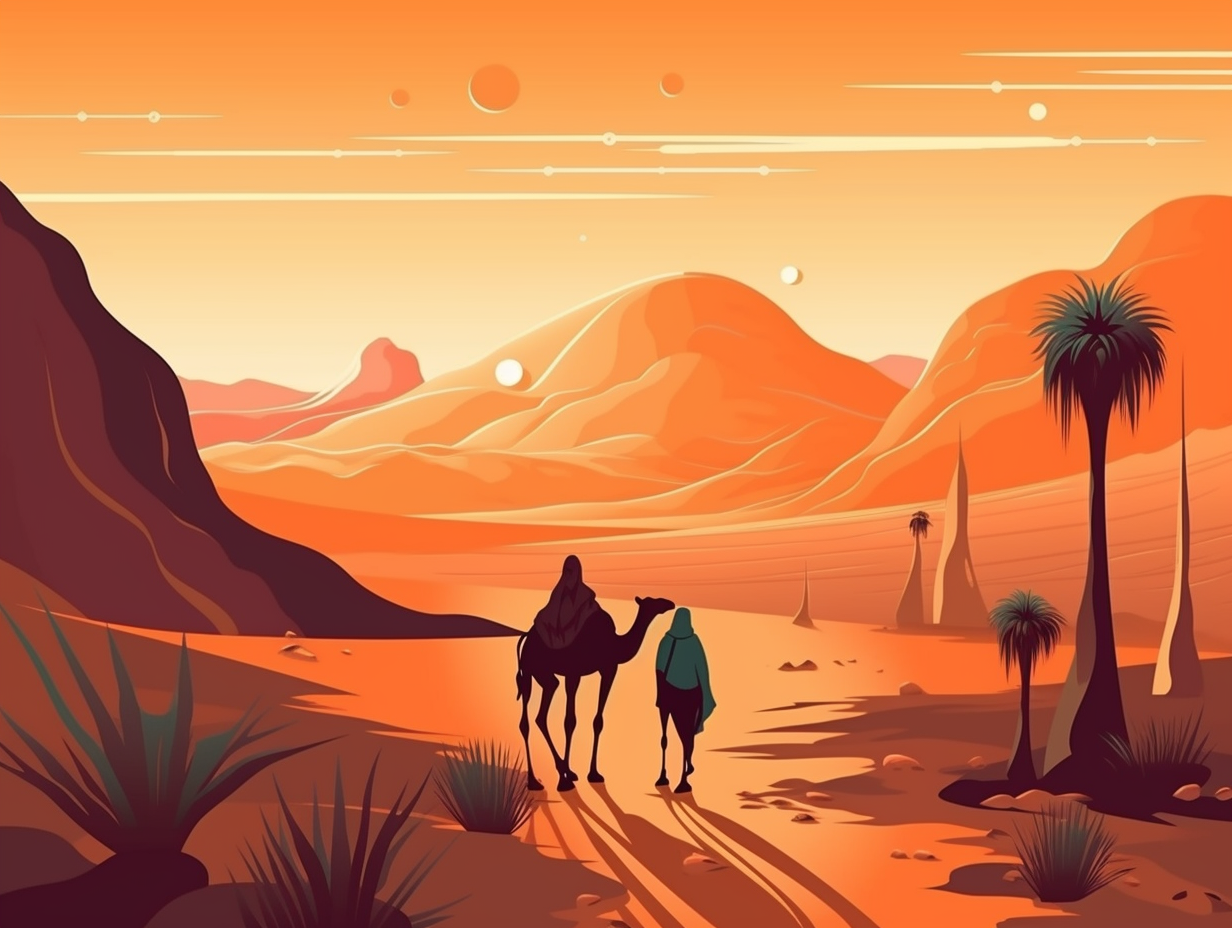
5. Real Estate Giant: Arabian Desert's Size
If the Arabian Desert were a country, it could make quite the splash on the global real estate market: Covering a colossal 3.2 million square km (1.2 million square miles), it's one of the world's largest deserts, sprawling across Middle Eastern and North African territories with a land area comparable to the combined might of Algeria, Mauritania, and Libya!
Source => mapfight.xyz
6. Ancient Egyptian Treasure Map: Turin Papyrus
What do you get when you cross ancient Egyptians with a treasure map? The Turin papyrus: the first documented geologic map, dating back to 1150 BCE, featuring prime gold-mining locations in Eastern Egypt and setting the stage for King Solomon's fabulous wealth!
Source => en.wikipedia.org
7. Luxury Stranded: Qasr Al Sarab Resort
If you ever wished to be stranded in style or humbly brag about surviving the world's largest sandbox, we've got just the place for you: At Qasr Al Sarab by Anantara near Abu Dhabi, you can indulge in opulent adventures such as camelback treks through the Empty Quarter, dine under cosmic canopies, and even pamper yourself at a Moroccan hammam or with desert spa rituals. You can also enjoy their complimentary weekly activities including desert walks, archery, and fat biking.
Source => anantara.com
8. Adrenaline Rush: Sandboarding
Forget snowboarding and the frosty alps, desert dwellers have a sandy answer to adrenaline junkies' prayers: Welcome to the world of sandboarding in the picturesque landscapes of the Arabian Desert! The serious scoop: Popularized by young Emiratis and adventure-seeking expats, sandboarding has found its home in areas like Liwa Oasis, with dunes like Tal Moreeb, climbing up to 900 feet. Speeds can reach up to 40 mph (64 km/h), but remember to suit up in protective gear as you shred these golden slopes!
Source => nationalgeographic.com
9. Snake Whisperer: The Sand Cat
If you've ever wondered who would win in a showdown between a venomous viper and the cutest, fluffiest feline, look no further than the Arabian desert's very own snake whisperer, the sand cat: These feisty little furballs are skilled hunters of snakes and other prey, such as rodents, hares, birds, spiders, insects, and reptiles, using their exceptional hearing to detect and dig up dinner from below the desert floor.
Source => nationalzoo.si.edu
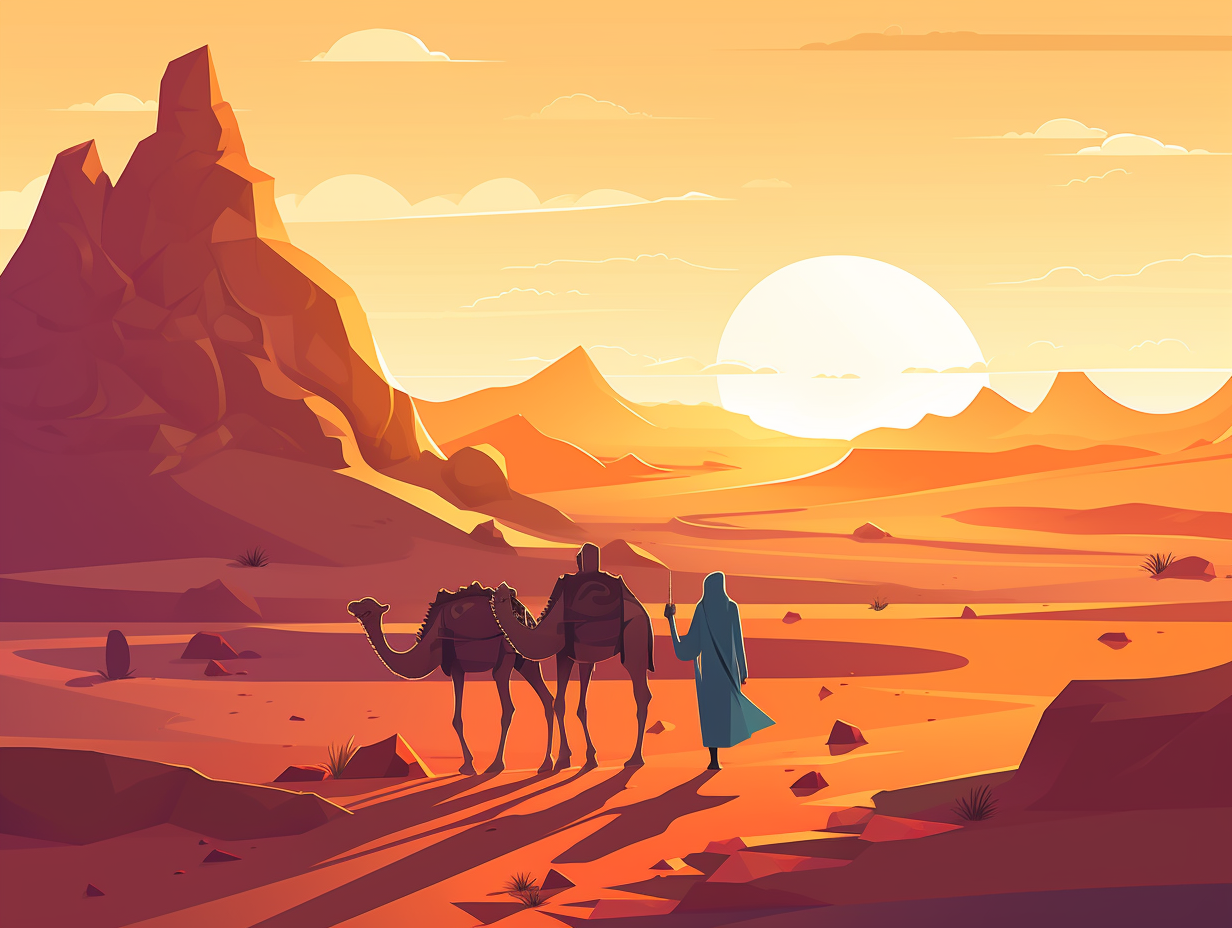
10. Ghaf Tree: Desert Dinner Party Destination
Not sure where to host your next desert dinner party? Look no further than the Ghaf tree, a full-service buffet for both flying and ground-dwelling residents alike: This versatile native plant species from UAE, Oman, and Saudi Arabia not only offers prime real estate for nesting birds like the desert eagle owl, brown-necked raven, yellow-throated sparrow, and long-legged buzzard but also doubles as the ultimate all-you-can-eat destination as its flowers, fruits, leaves, bark, branches, and roots play an indispensable role in the food chain of the Arabian desert ecosystem.
Source => wwf.panda.org
Related Fun Facts











